A Canadian company, Earth Energy Resources of Calgary, is preparing to create the first oil sands mine in the United States. The company has been granted leases for the PR Spring project in eastern Utah. It has also obtained the needed permits to begin operation with the exception of one yet to be issued at the county level. If Earth Energy can raise the needed US$35 million, it anticipates production at 2,000 bbl/day in late 2012 or early 2013.
The PR Spring oil sands deposit is the second largest in the state. It contains an estimated 4.4 billion bbl of oil, of which 250 million bbl are recoverable. The bitumen quality is comparable to that found in the Athabasca oil sands except that the sulphur content is lower in Utah, 0.37% rather 3.7-4.0%. The Utah sands are considered "oil wet", thus traditional processing methods are inefficient.
The proposed project has raised the usual objections from opponents, but Earth Energy is confident that the project will be far cleaner than the Alberta oil sands. First, it uses the patented Ophus process that uses only half the water to recover bitumen than the Clark process used in Alberta. Second, mining and reclamation will be carried out concurrently by leap-frogging the mine and reclaim areas. Only 200 to 300 acres need be disturbed at a time. Third, there will be no tailings ponds thanks to the bio-based extraction method. Long term environmental liabilities will be eliminated. All of this is important because Earth Energy's leases sit within the watershed of the Colorado River.
The Ophus process promises bitumen extraction rates of 96%. It is a water-based process that can be used on any oil sands, including those in Alberta. A biodegradable solvent replaces the mechanical energy and caustic soda mixtures used in Canada. The tailings material is stackable, damp sand with a water content of 14%.
VP engineering Tim Wall tells CMJ what Earth Energy will do with the initial US$35 million it needs. "Our capital raise has been allocated to a high density coring program on the opening pit areas for detailed mine planning, the construction of one process train complete with supporting infrastructure (tank farm, water well/pipeline and site utilities) as well as the initial mine opening."
The company has already begun building the first 2,000 bbl/day modular process train. The equipment can be transported by road and capacity can be increased by adding additional trains. Alternately, a train could be scaled up to plant-sized.
Earth Energy appears to be on the right track. The company offers reduced environmental impact, no tailings ponds, concurrent reclamation and a process that is both energy and water efficient.
The company is starting small, 2,000 bbl/day, miniscule compared to the 1.0 million bbl/day produced in Alberta. But wouldn't it be something if the company grew to see its processing method used in the Alberta oil sands? Imagine using less water and energy, eliminating the traditional tailings pond, and reclaiming the mined areas as soon as the bitumen was removed. There could be tremendous environmental gains if the Ophus process to be scaled up to handle all Canadian bitumen production, estimated to grow to 3.5 million bbl/day by 2020.
I hope one of the Canadian oil sands producers takes a good, hard look at Earth Energy and its Ophus process and applies it to the recovery of bitumen in Alberta. Interested parties could start investigating at www.EarthEnergyResources.com.
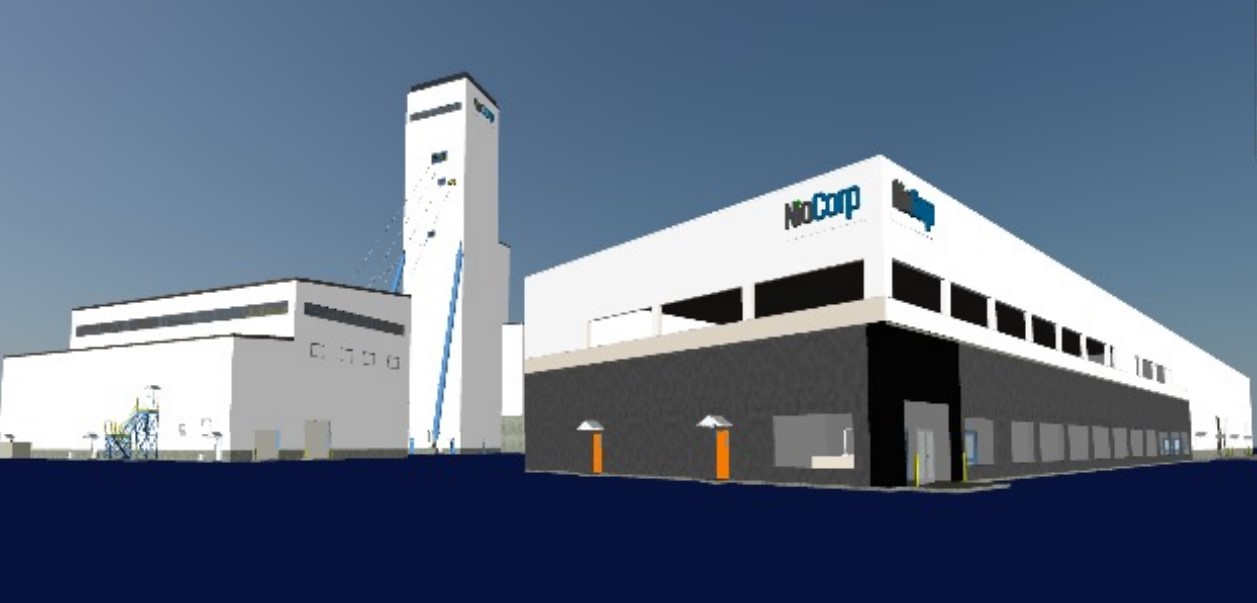
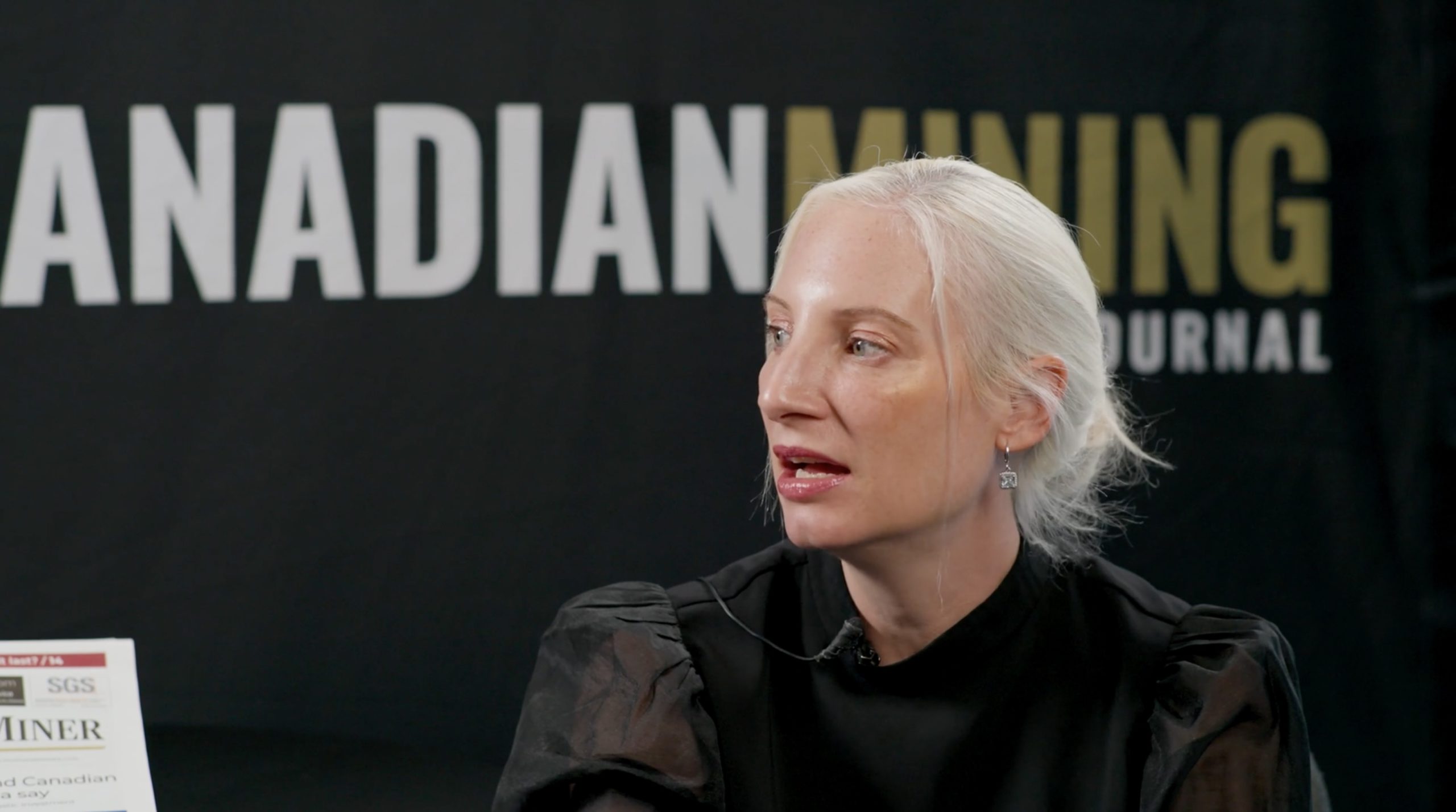
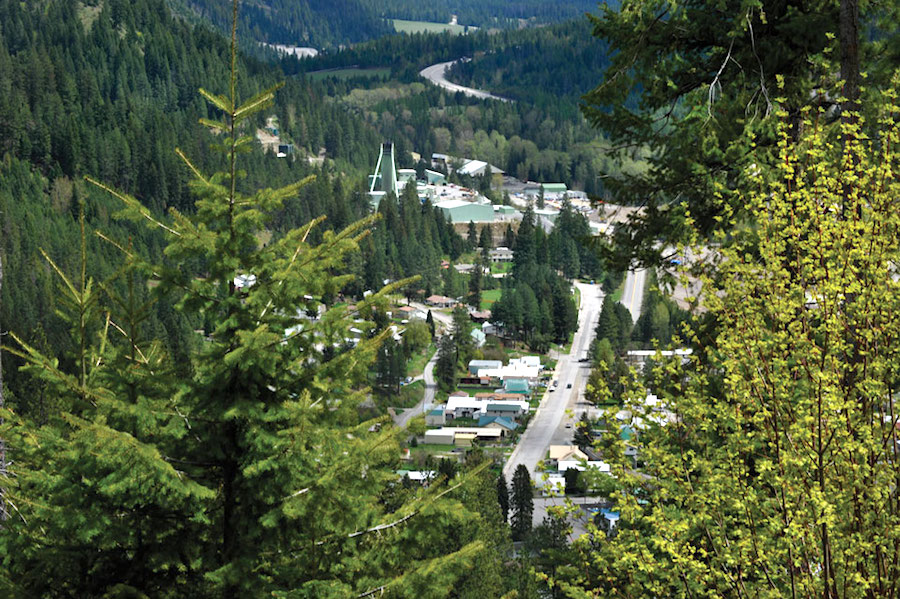
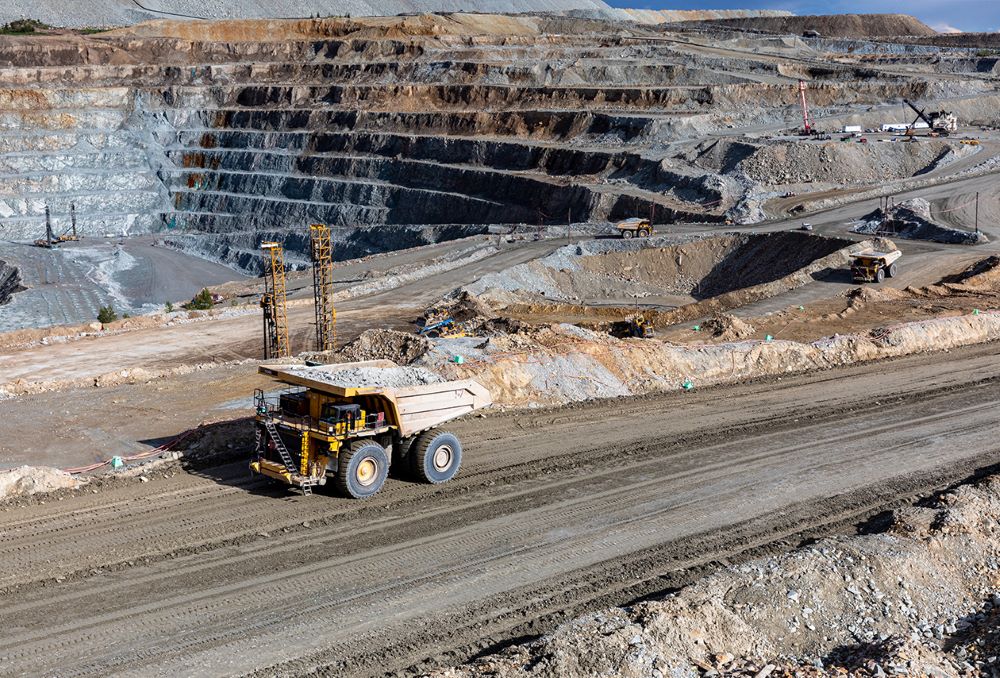
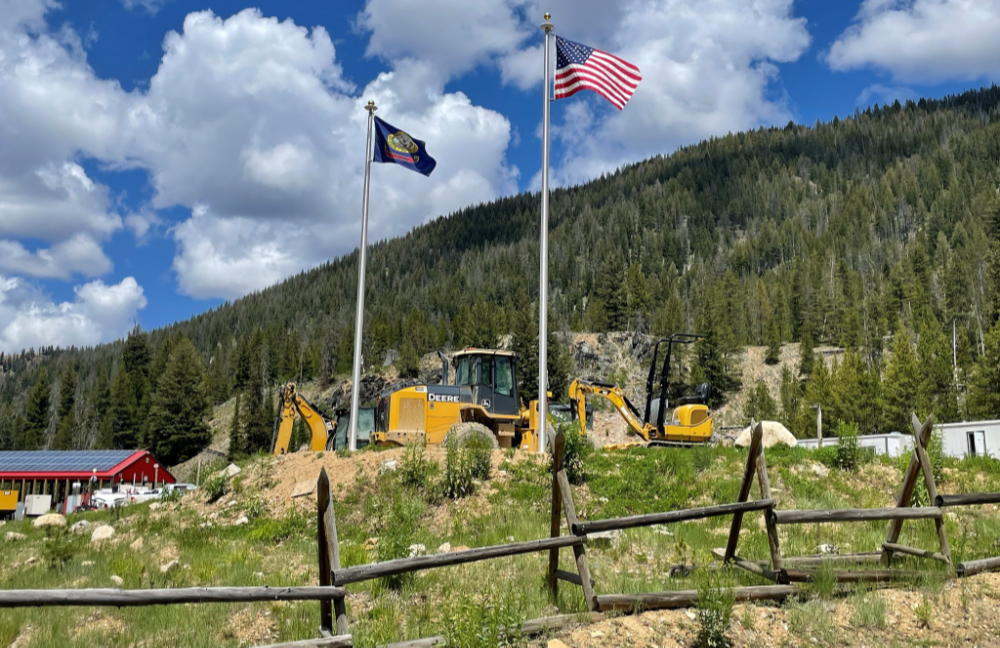
Comments
John Pursel
Marilyn over 25 years ago I was at Syncrude’s tar sands plant to promote the use of horizontal belt filters for damp tailing disposal as the better way to ponding. All I can say is the engineers fiddled and fussed with this approach and then said – No.